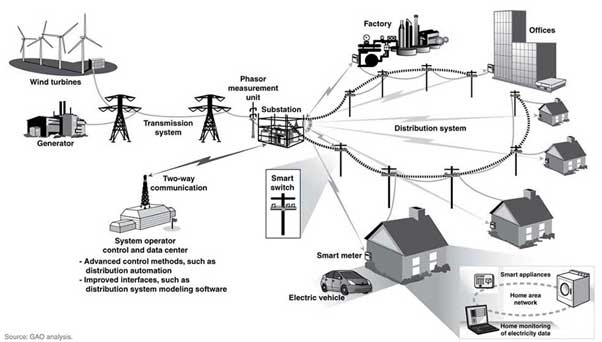UtilityServicesCo, based in St. Louis, Missouri provides water, gas and electric Utilities with Smart Infrastructure Solutions. They empower 1000+ global Utilities with visibility over their distribution networks which advances their function and value. Their comprehensive suite of solutions consists of meters and edge devices, advanced metering infrastructure (AMI), consumer engagement software and provision of labor for installations. Their data-driven solutions help Utilities to predict, plan and respond to system conditions. In 40 years of existence, and managing 76 million smart meters, they were trusted for reliable and modern solutions. But UtilityServicesCo’s legacy systems reduce its likelihood of achieving the ultimate goal- to conserve more and more energy every day. Here are the limitations they faced-
Integration Challenges
UtilityServiceCo’s legacy systems could not integrate modern functionalities. They wished to provide their customer i.e. Utilities with several advance facilities such as load control and distribution automation which would improve the smart grid quality. But legacy systems could not collect data from many software, hardware, data technologies, sensors and grid edge devices. It was necessary to gather this data to provide actionable insights. They required an integrated solution which offered dedicated screen to multiple functionalities. This would help Utilities improve operational efficiency and reduce the time taken to perform an activity.
Performance efficiency challenges
UtilityServiceCo’s SIS solutions faced challenges with their solutions’ performance especially with speed. In case of power/water/gas outages, Utilities needed to have a visibility over their distribution networks and take immediate actions. But the lack of visibility and absence of proactive data-driven actions increased the turnaround time for several decisions. This affected with the customer confidence levels for their Utility customers. The user experience in terms of the technology and usage both, faced challenges. Overall, the software solutions lacked reliability.
Energy loss
The SIS solutions offered no real-time visibility over the distribution networks and intermittent substations. This did not help with outage detection and its rectification. With millions of transmission lines which connected homes and offices, there existed more chances of blackouts and brownouts in such cases with no eye on them. Also, if/when the circuits seemed overloaded, Utilities needed to respond quickly and manage/correct their voltage levels on feeders. It would help conserve energy. But aging systems could not cope up with such advancement.
Solution: Modern Data Management Solution
UtilityServiceCo can now enable Utilities with real-time visibility over their distribution network using the modern data management solution. It provided improved user experience and helped detect outages and control their voltage levels. It integrates data from smart meters and edge devices to help Utilities take informed decisions. The uptime for substations increased, which in turn help with minimal intermittent energy loss. The customer queries receive minimal turnaround time which ensures reliability of the solution and higher customer satisfaction.

Want real-time visibility over your distribution network?
Talk to our Analytics Expert